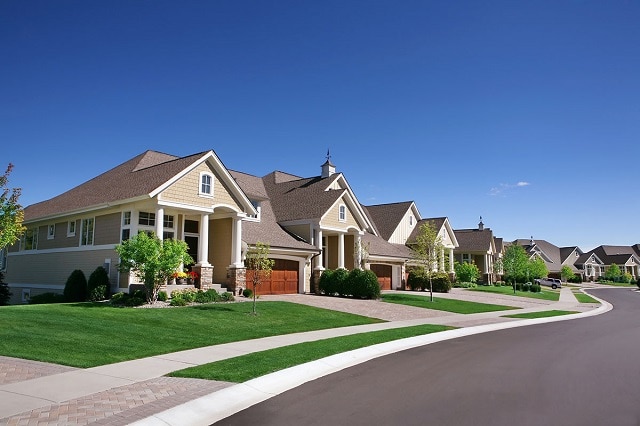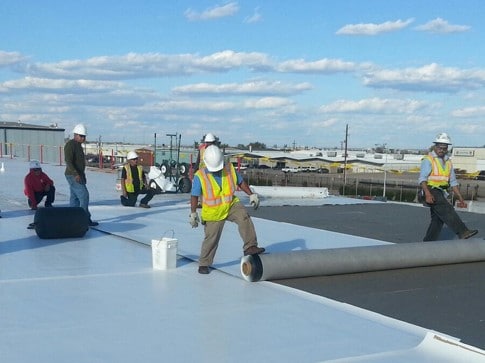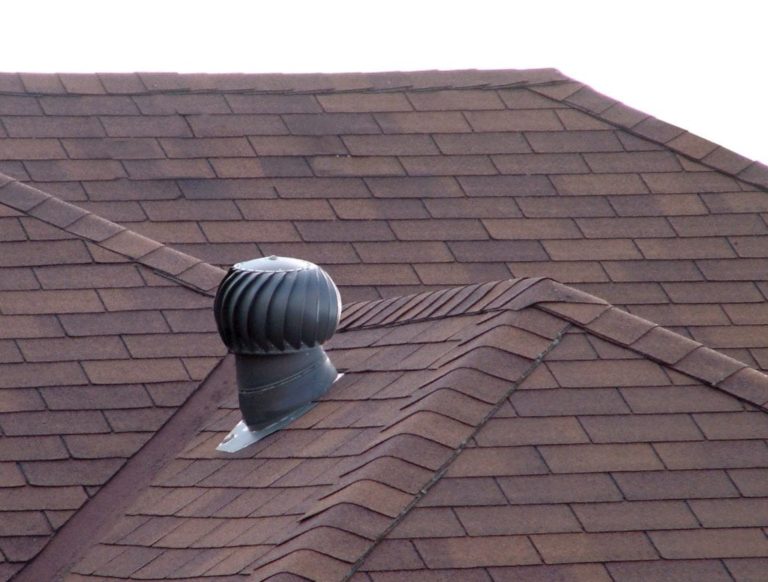
Changing your roof is necessary if you don’t want an old one hanging over your home. It’s important as the health of a roof keeps deteriorating and eventually becomes obsolete. When thinking about remodeling your home, upgrading your roof should be one of the first items on your checklist.
However, roofing materials come in many forms and types. Each roofing material has its own pros and cons. Another factor that plays a big role in making roofing materials sufficient is longevity and durability. So, which one should you go for? The answer to that has a good lifespan and is concrete in nature.
Let’s check out some of the few roofing materials and compare them with each other.
1. Built-Up Roofing
A developed rooftop is a covered rooftop that is made from substituting layers of the material felt and materials that are waterproof, like steaming tar and fiberglass. Typically utilized on leveled rooftops or have an extremely small pitch, a BUR rooftop is fireproof and cheap; however, the most common way of installing the rooftop is rotten.
2. Composite Asphalt Shingle Roof
One of the most well-known roofing materials is the composite shingle material, as it’s seen in excess of 80% in most American houses. Composite shingles utilize either a natural or fiberglass base immersed with black-top, covered on the base side with black-top, and the uncovered exterior soaked with little chips of marble and other granules.
3. Asphalt Roll Roof
Black-top roll material is produced using huge rolls of a similar material utilized in black-top shingles. Utilized for moderately level pitches, like calculated shed rooftops, roll material is introduced by laying strips the long way across the rooftop in covering courses. Roll material is a genuinely simple material to introduce, and if you’re self-sufficient, you’ll find it quite easy to install yourself. However, it is more qualified for carports, sheds, and maybe patio rooftops and is certainly not a very excellent choice for most home rooftops.
4. Wood Shingle Roof
Wood shingle rooftops are produced using meager, wedge-formed bits of regular wood, like yellow pine or cedar, that are sawed through woods from trees. They make for an amazingly appealing rooftop; however, they are difficult to install and reasonable for most self-installers. Know that developing fire perils in certain districts have caused legitimate limitations on the utilization of wood roofing materials. They are not a decent decision in any area where there are occasional rapidly spreading fire risks.
5. Wood Shake Shingle Roof
They carry the same hazard as wood shingles. Hence, they are also restricted to being used in a city or area with many fire hazards. However, one thing to note here is that wood shakes are way thicker than wood shingles and can be used as a better roof than them. But since they are tricky to work around, please be aware that it isn’t a good idea to try and install it yourself as you would need professional help while installing it.



